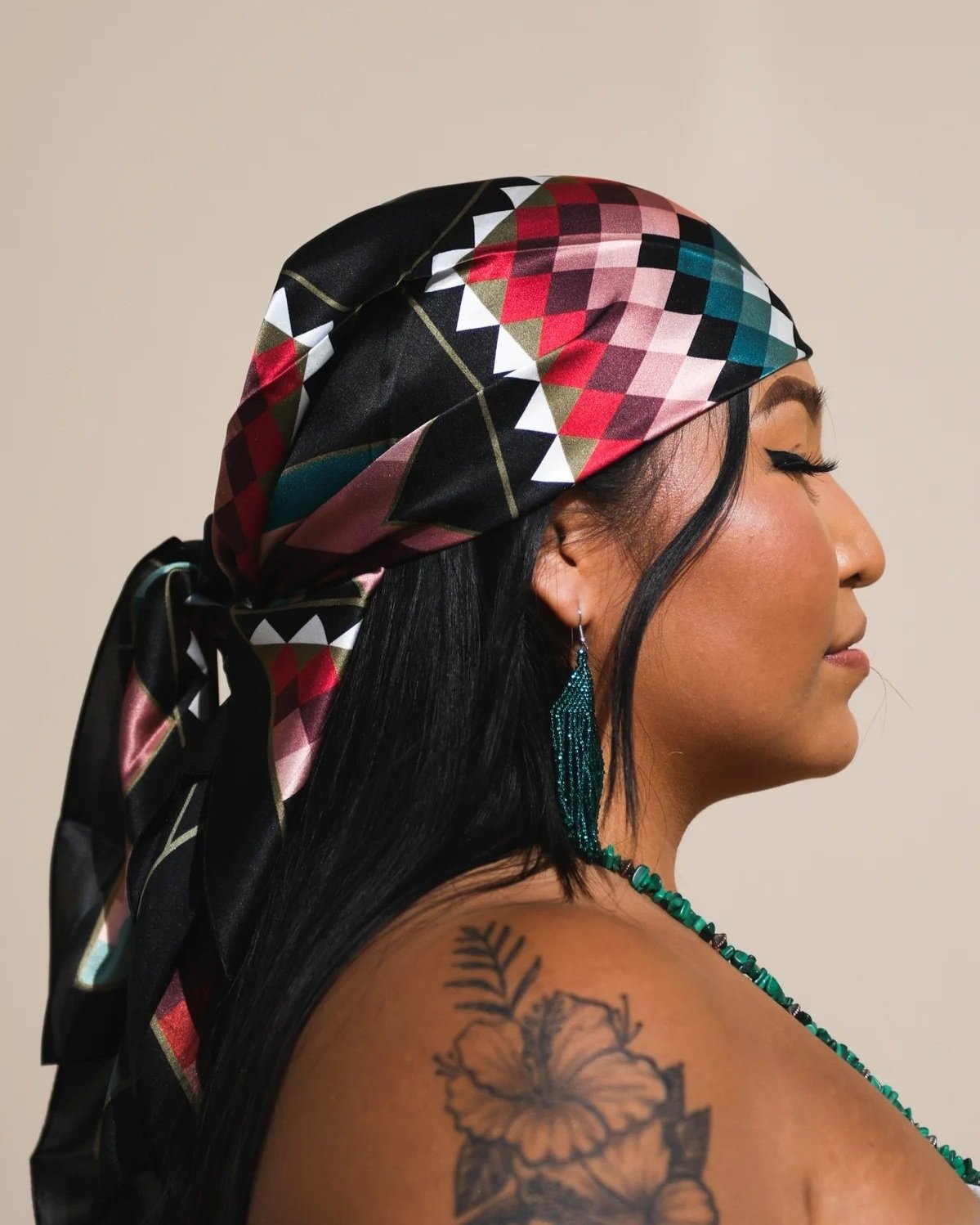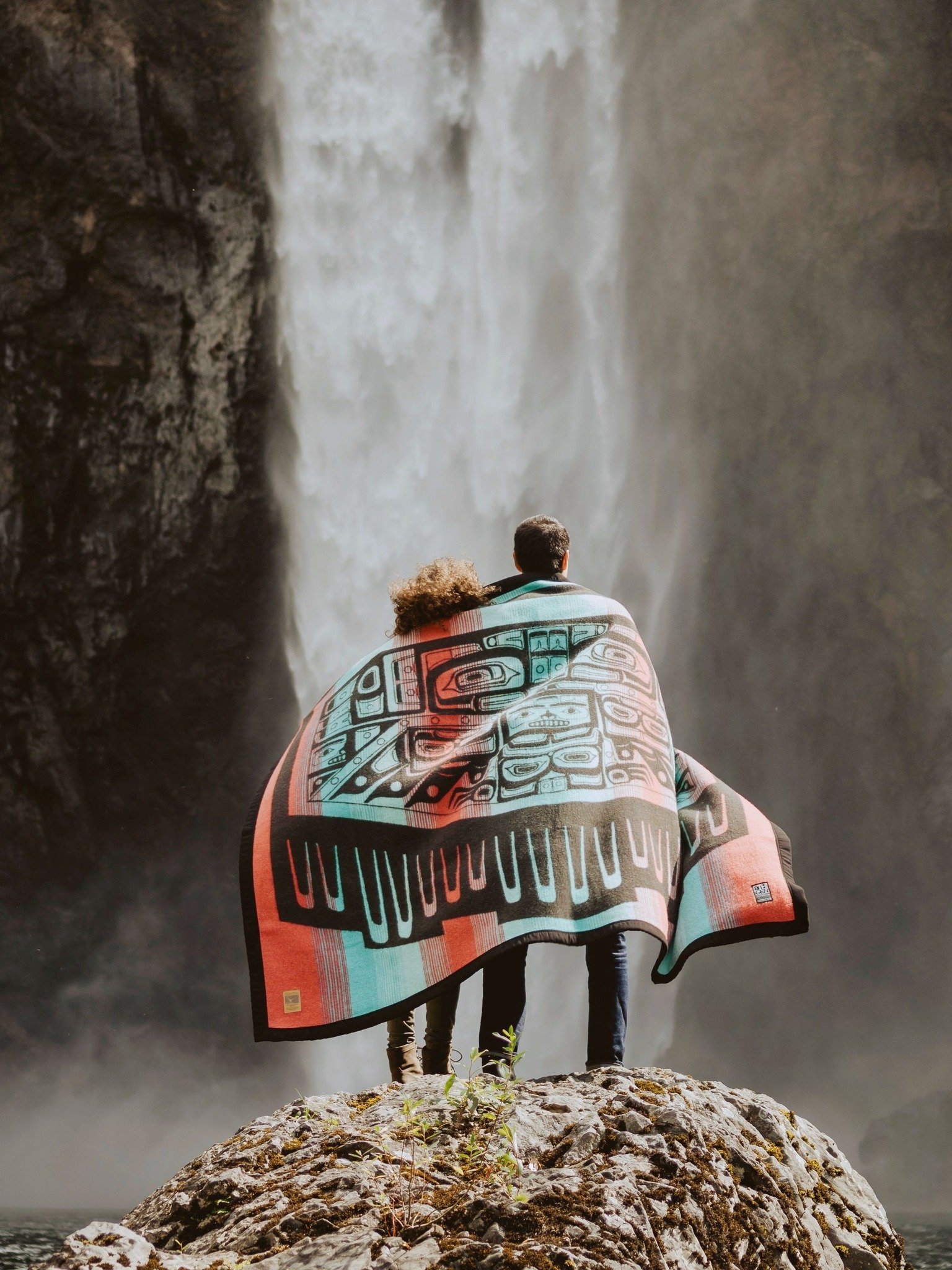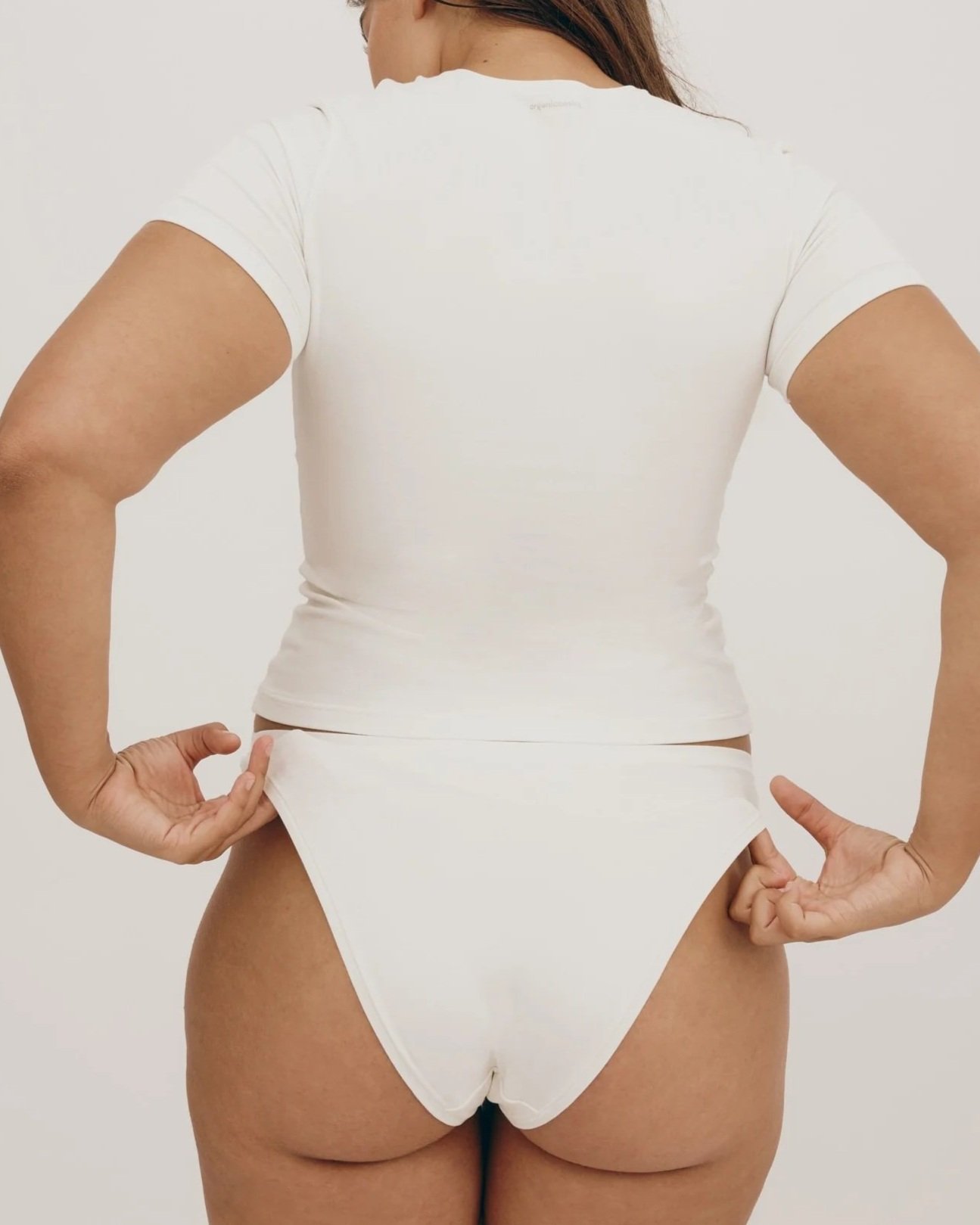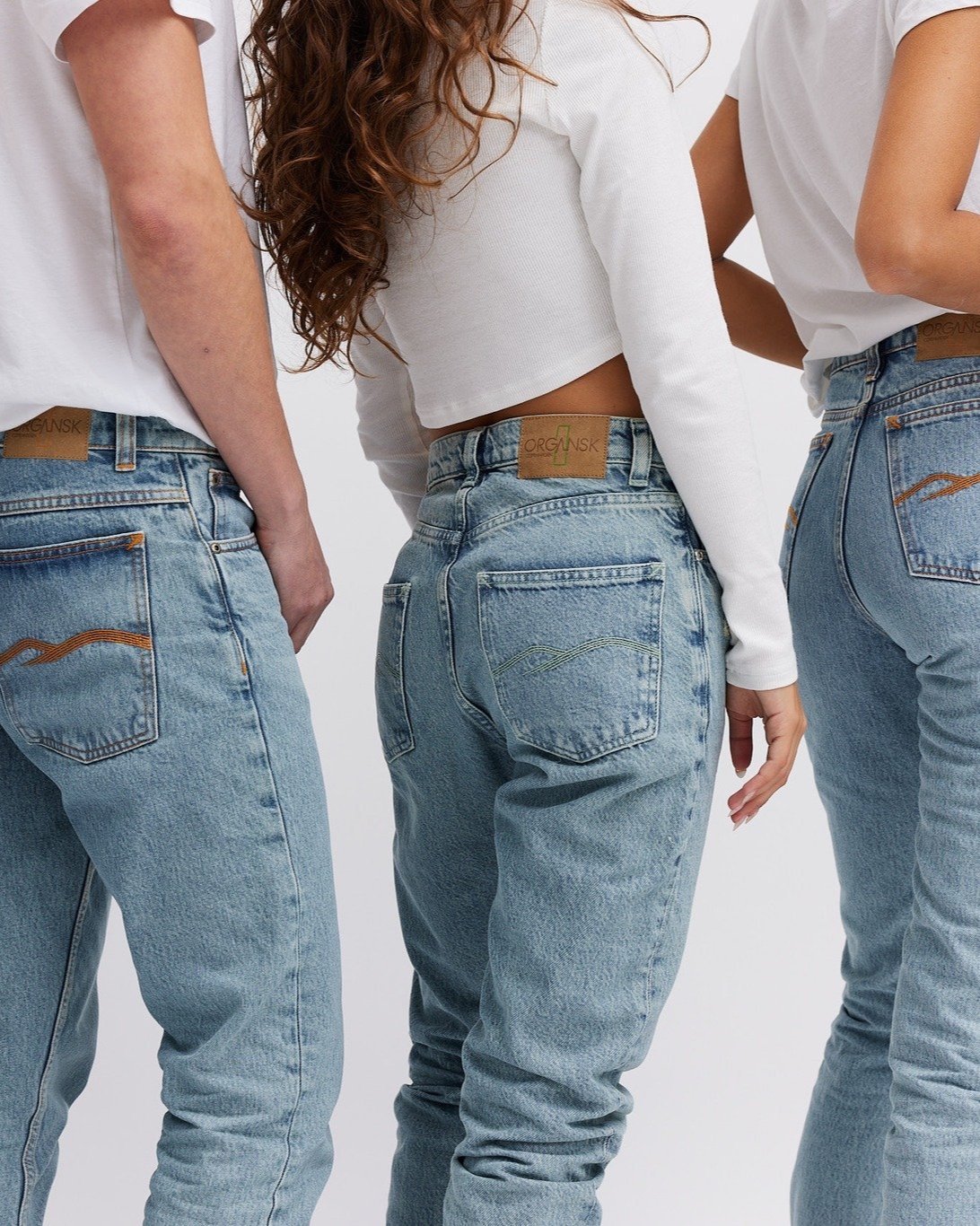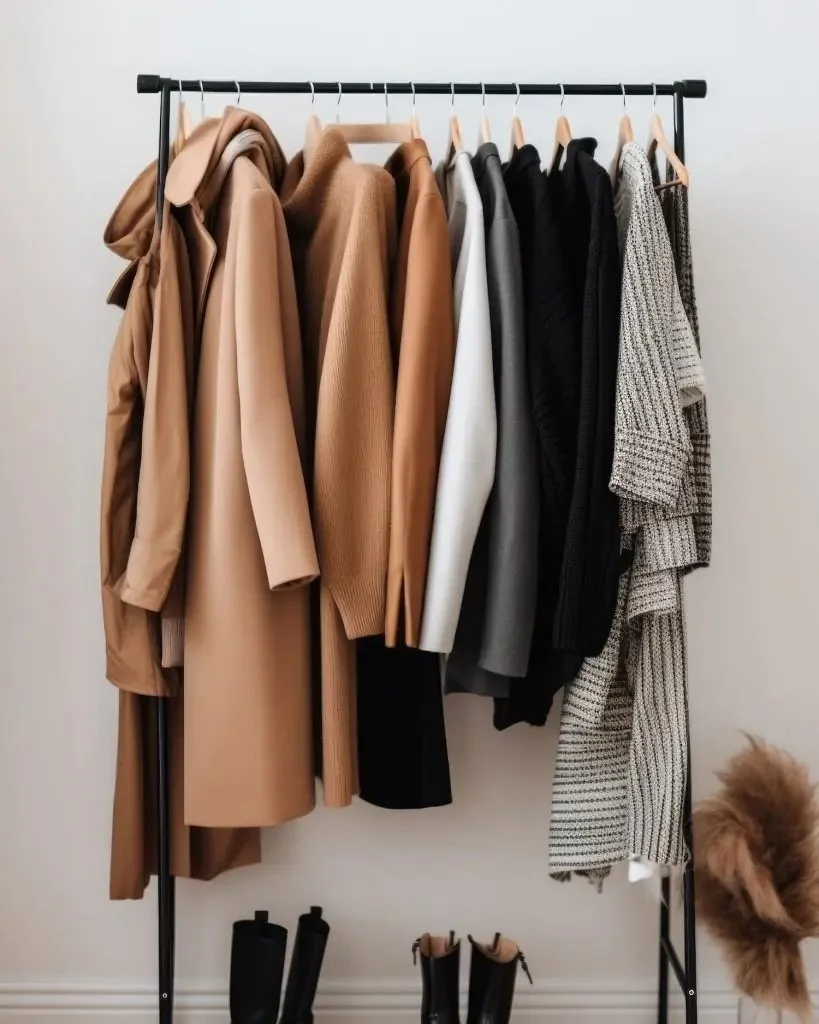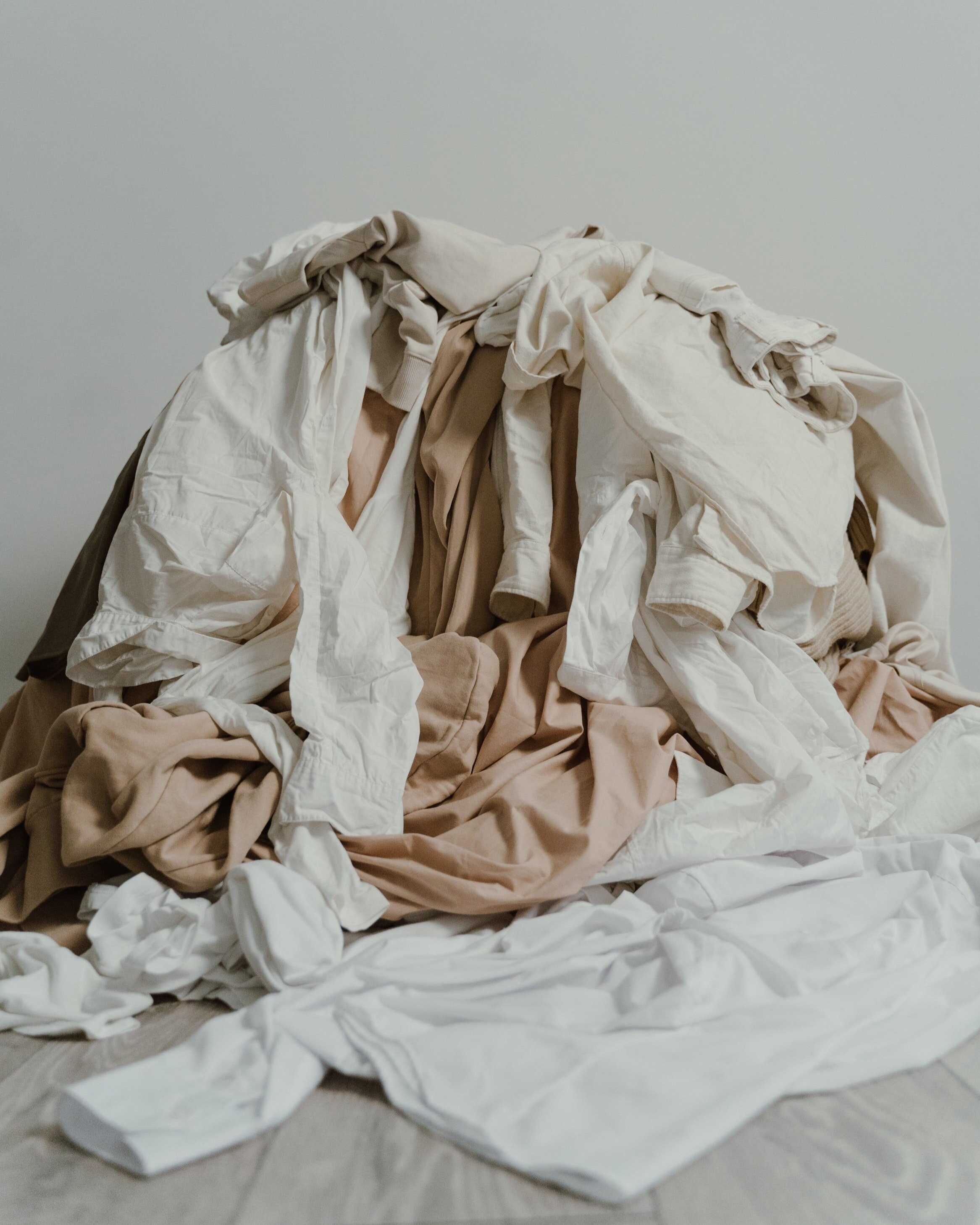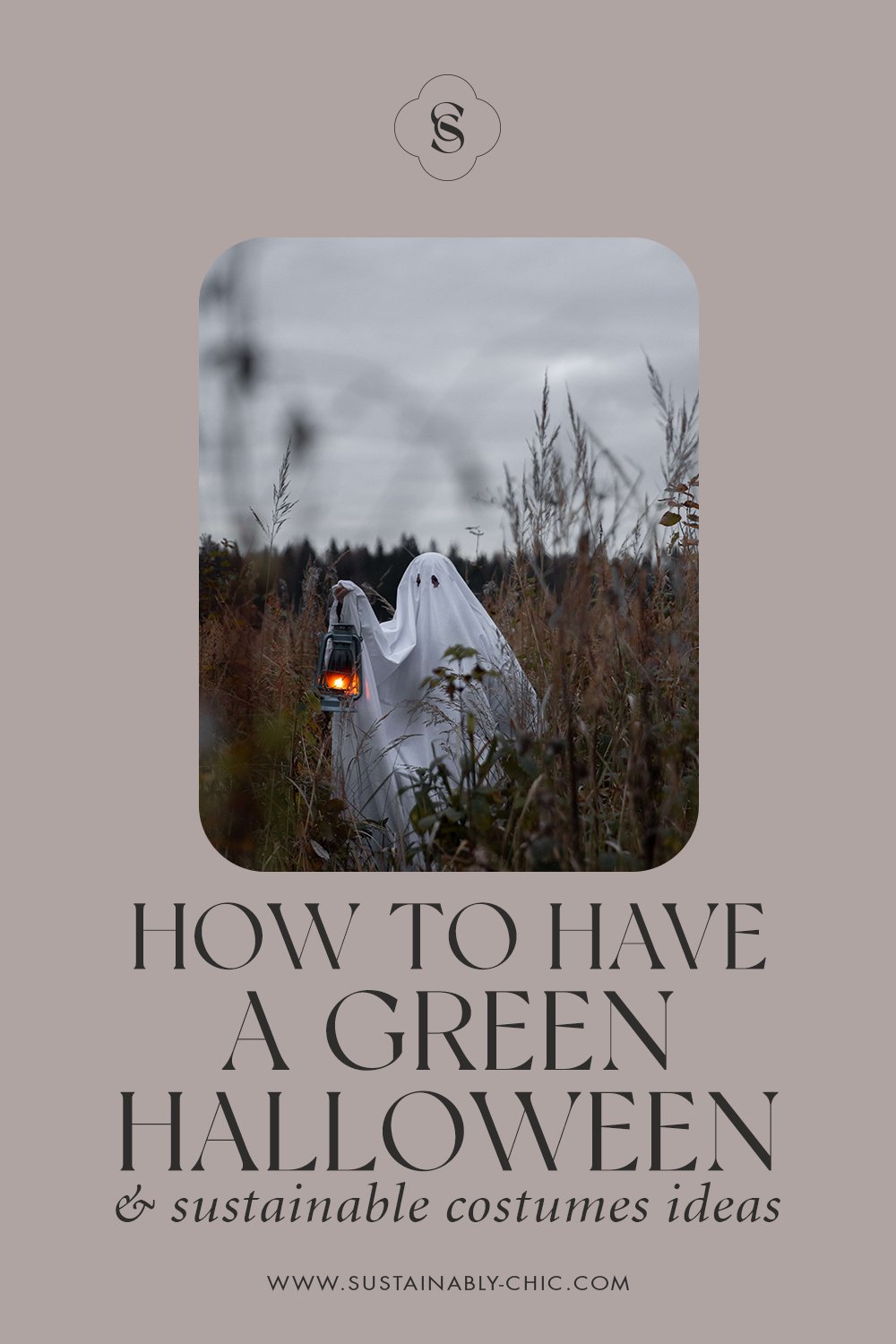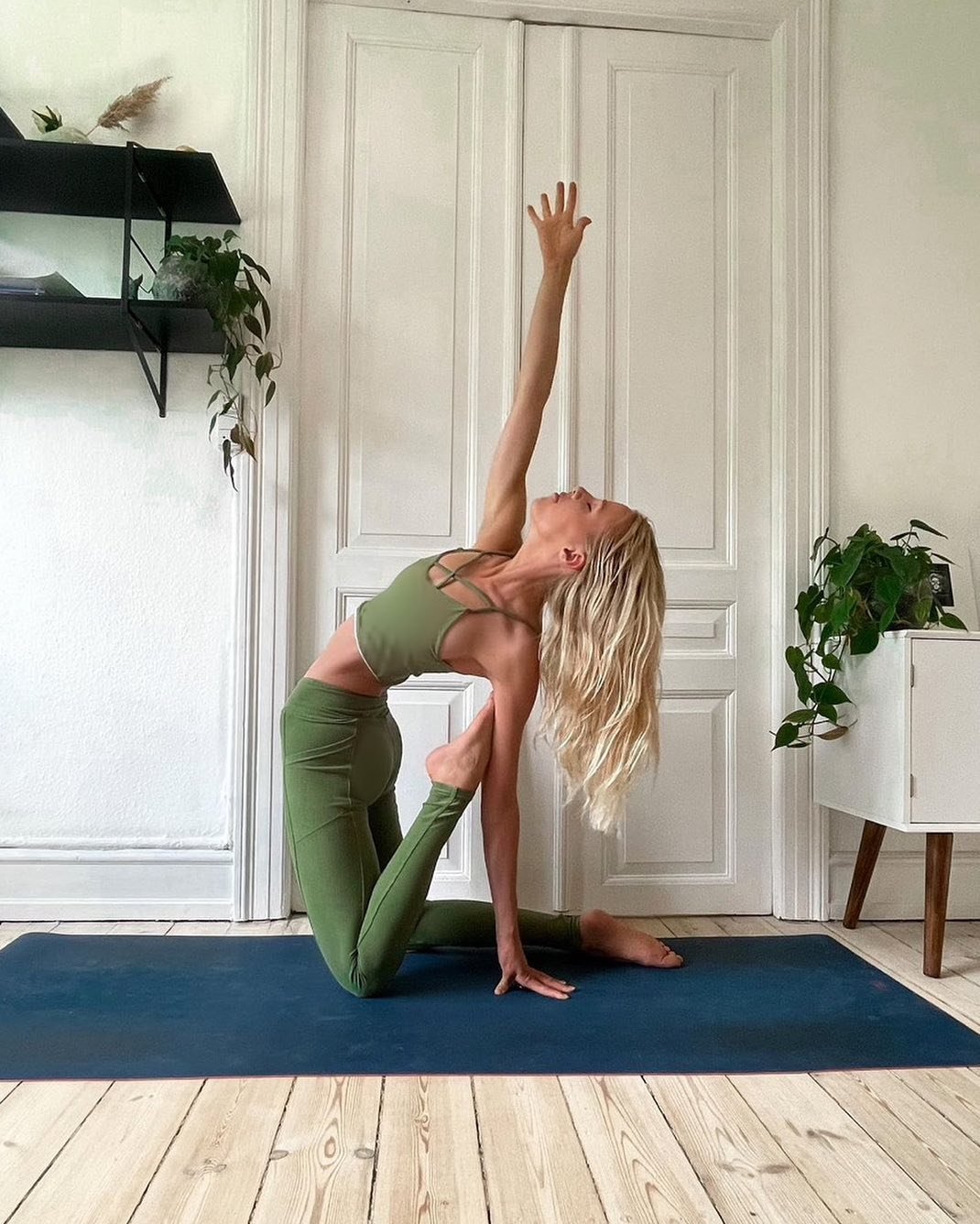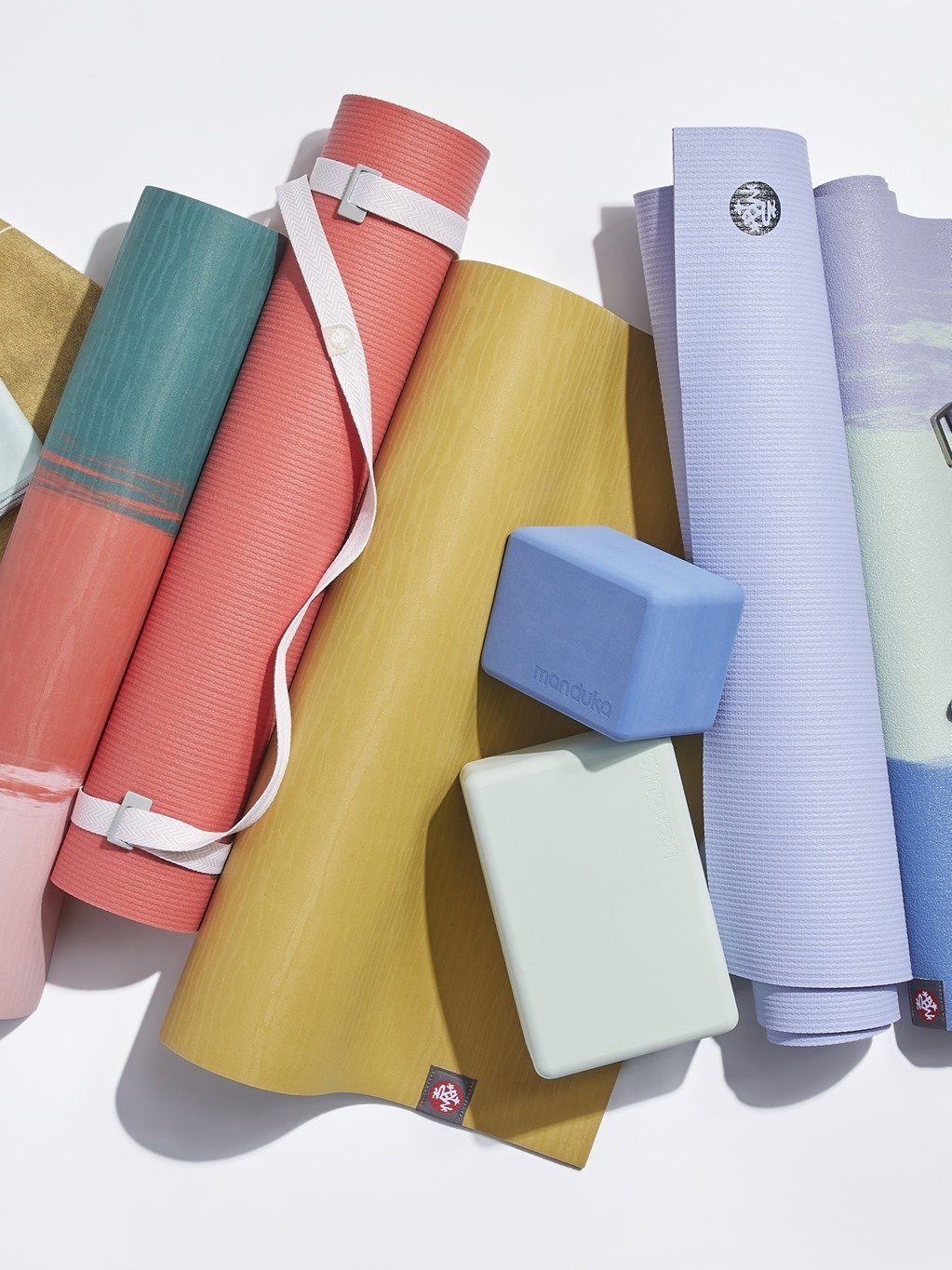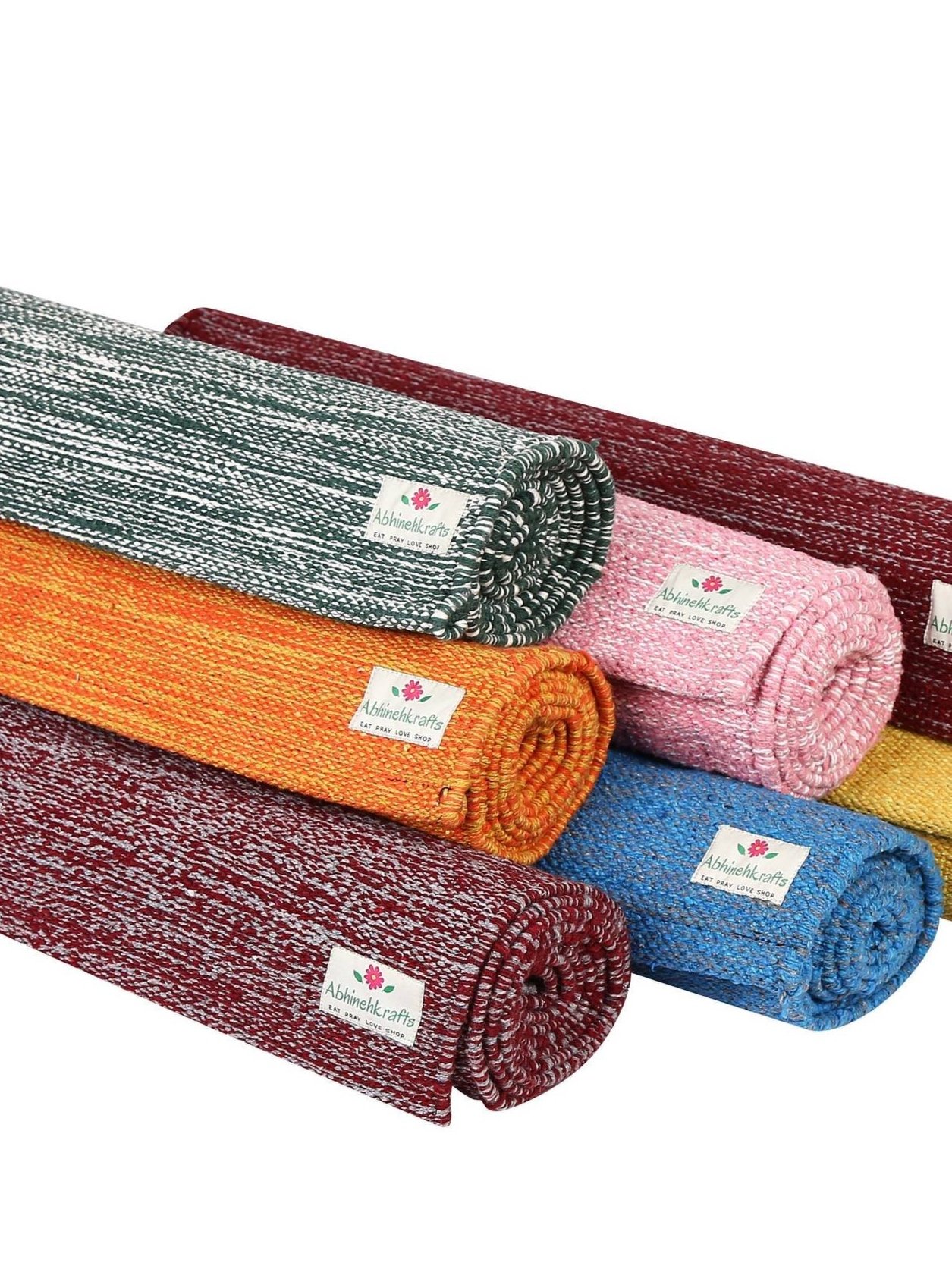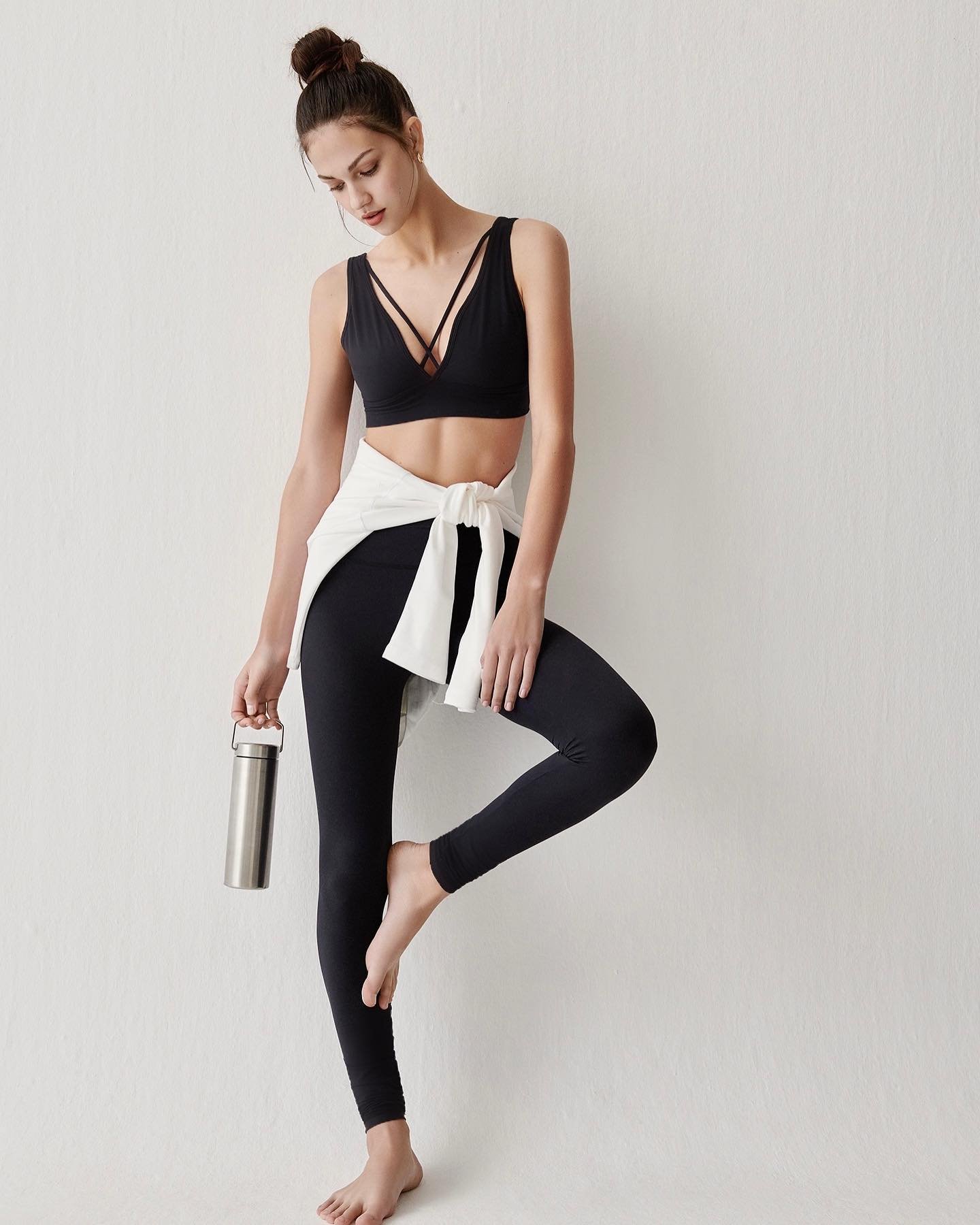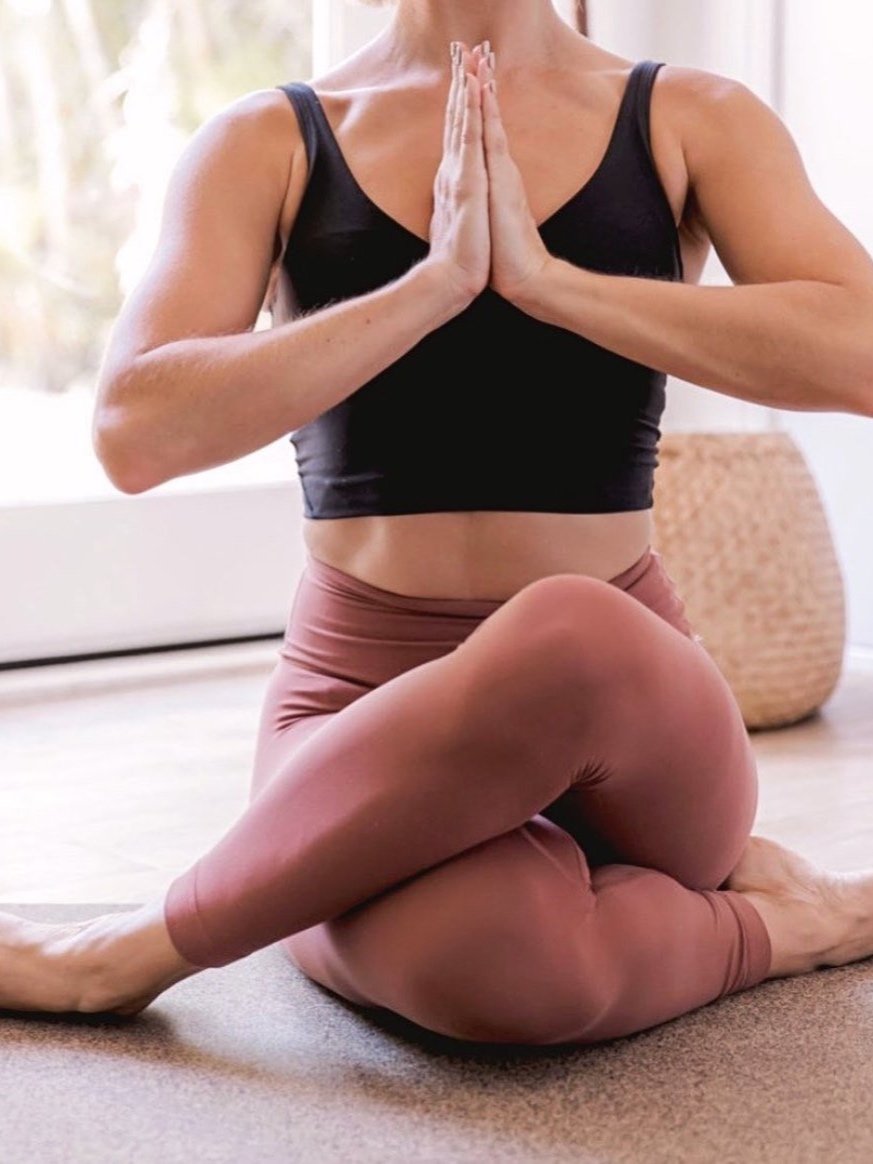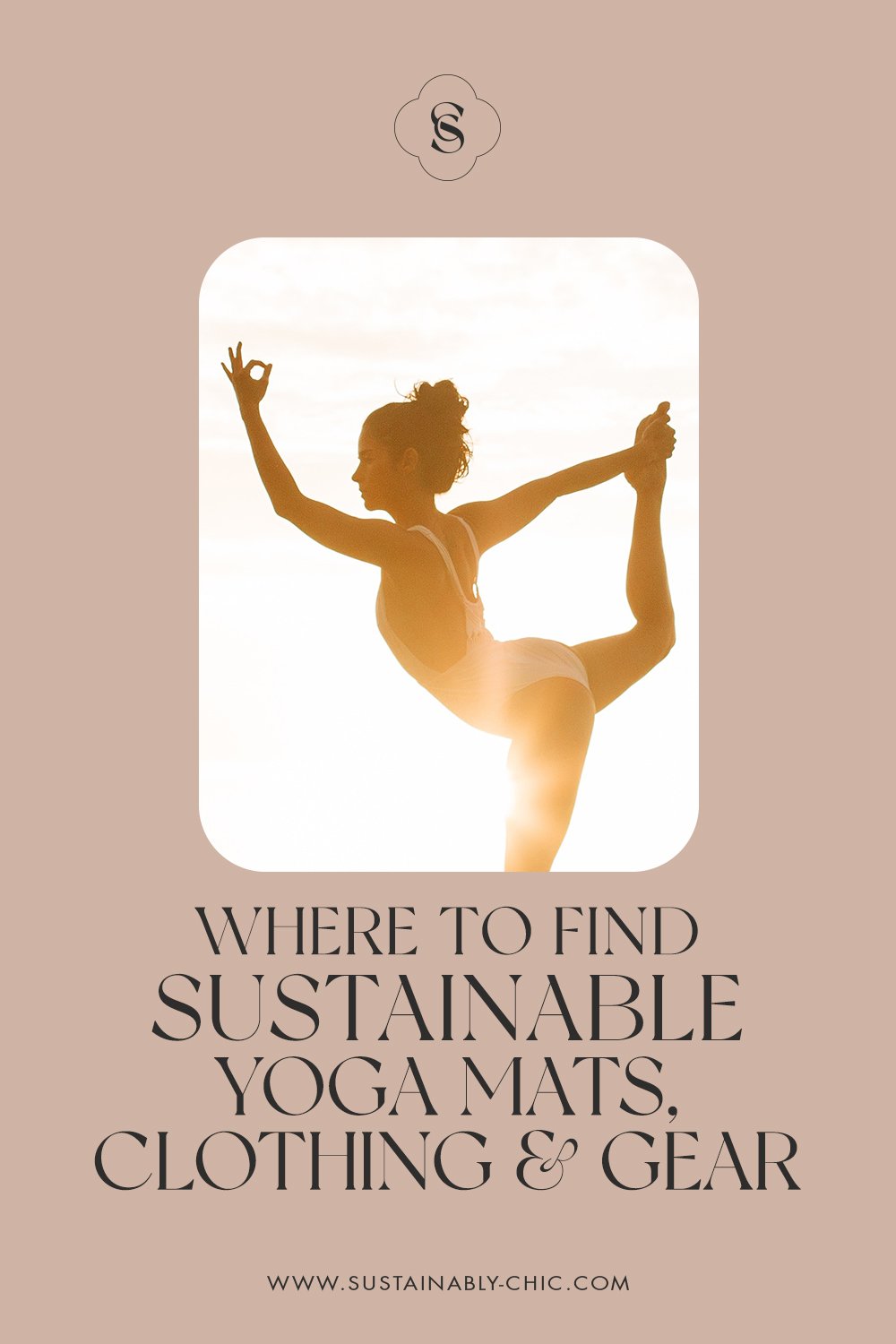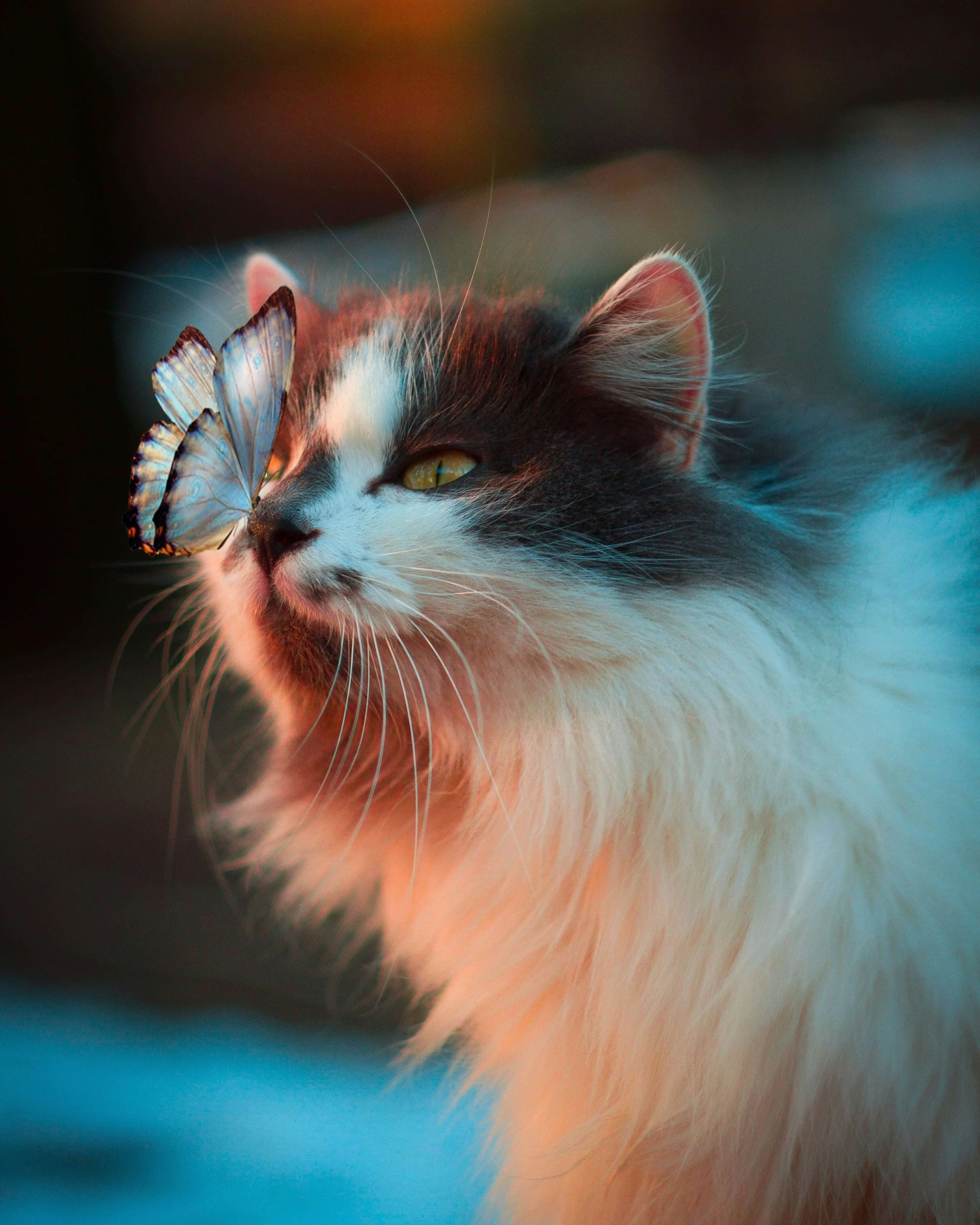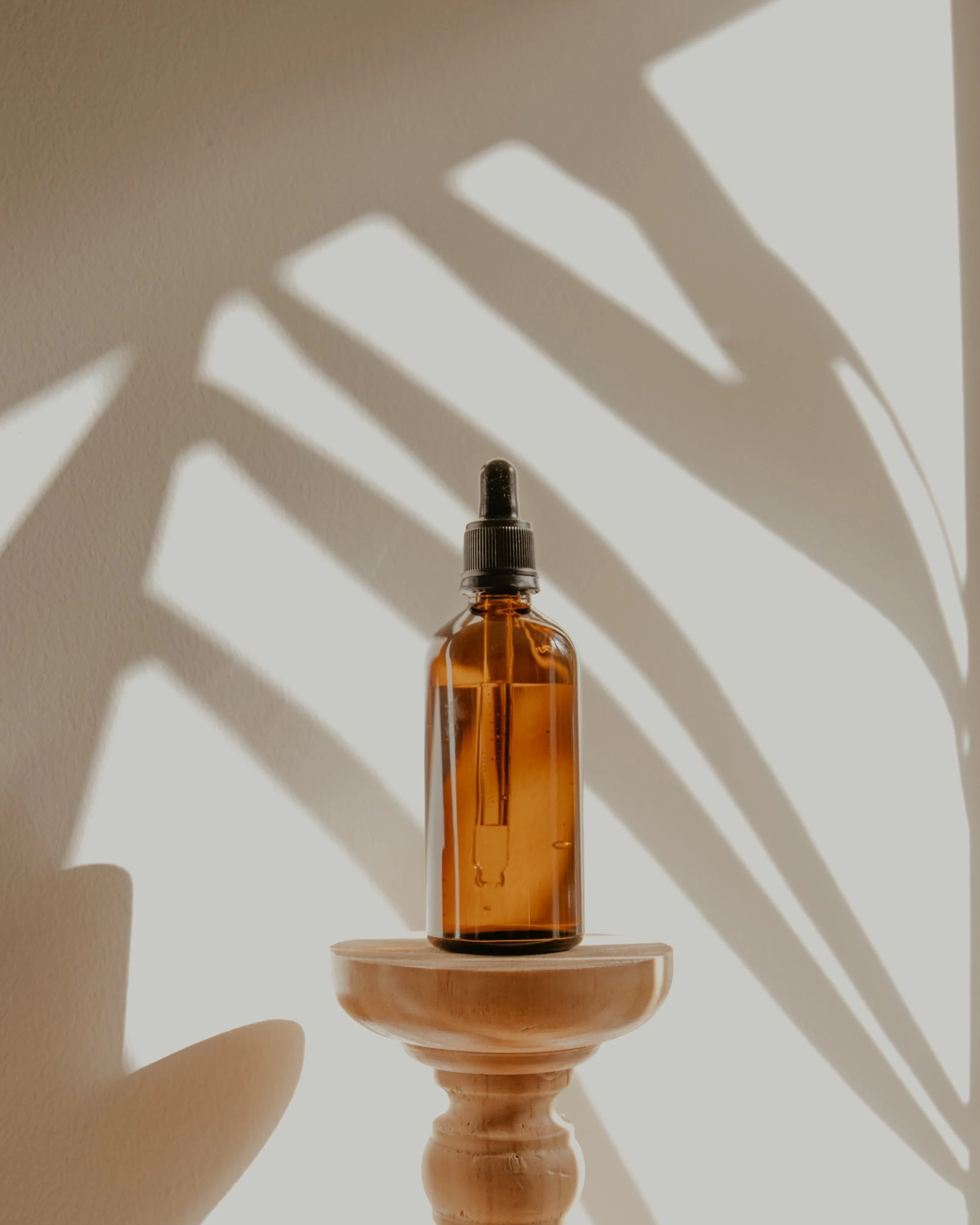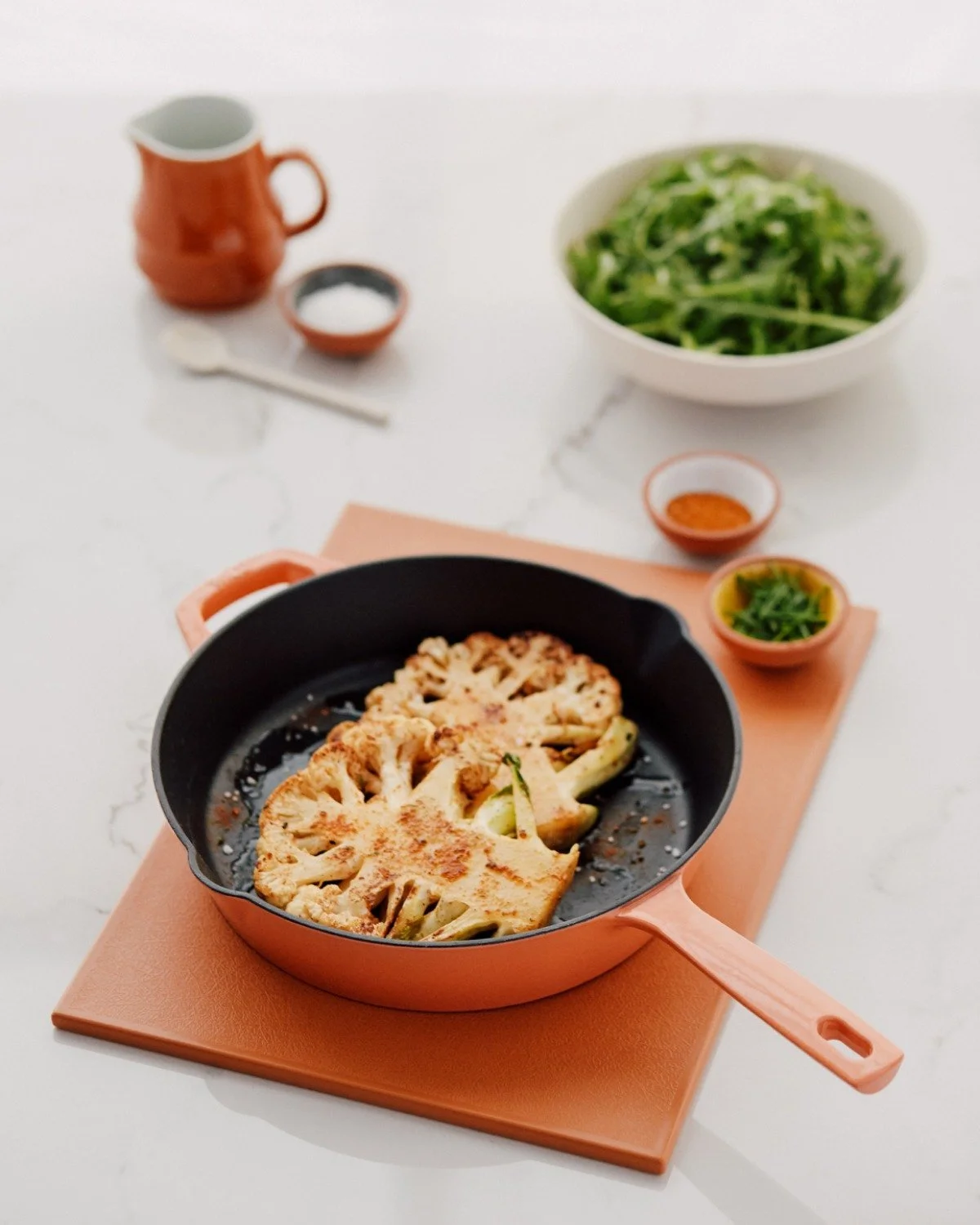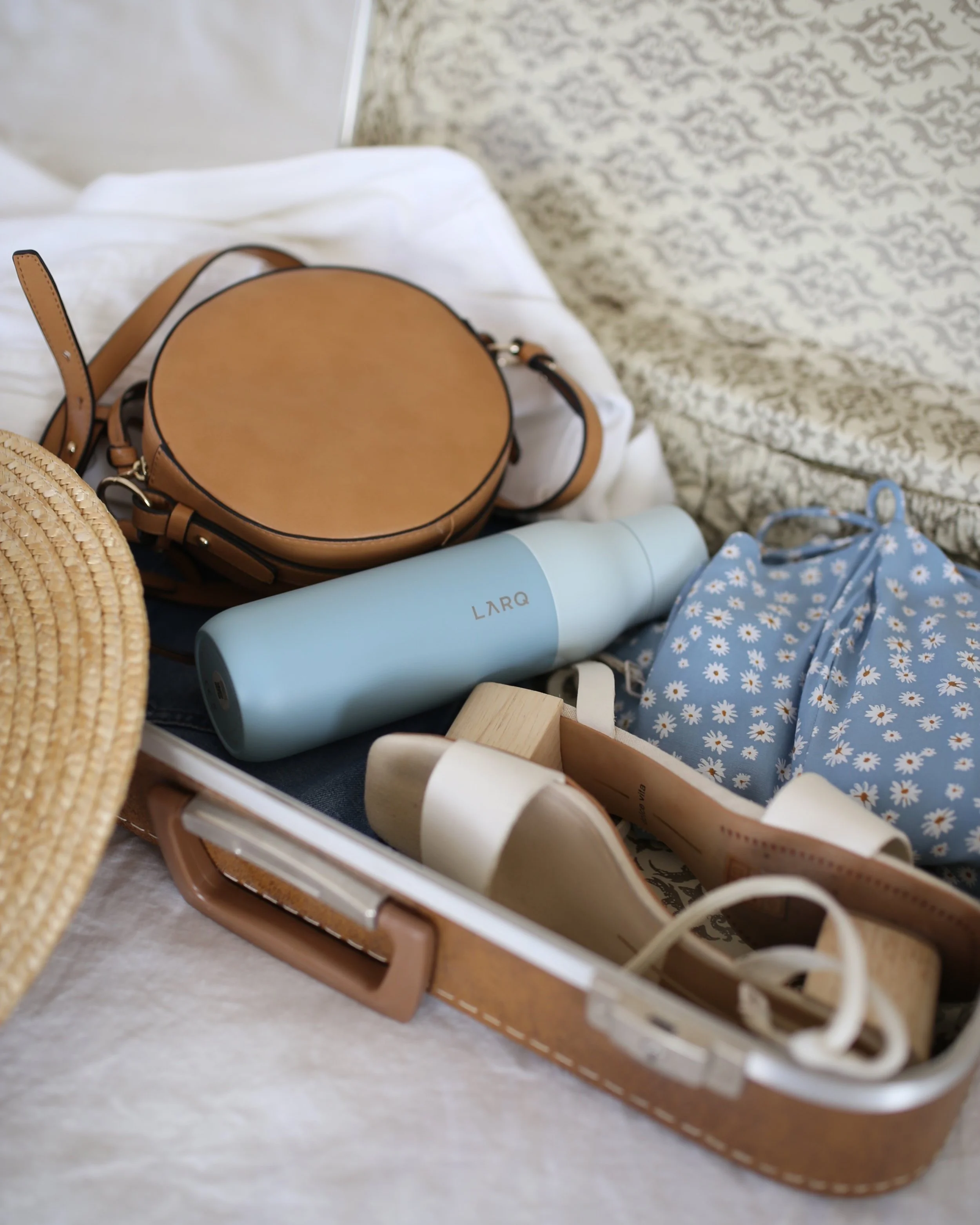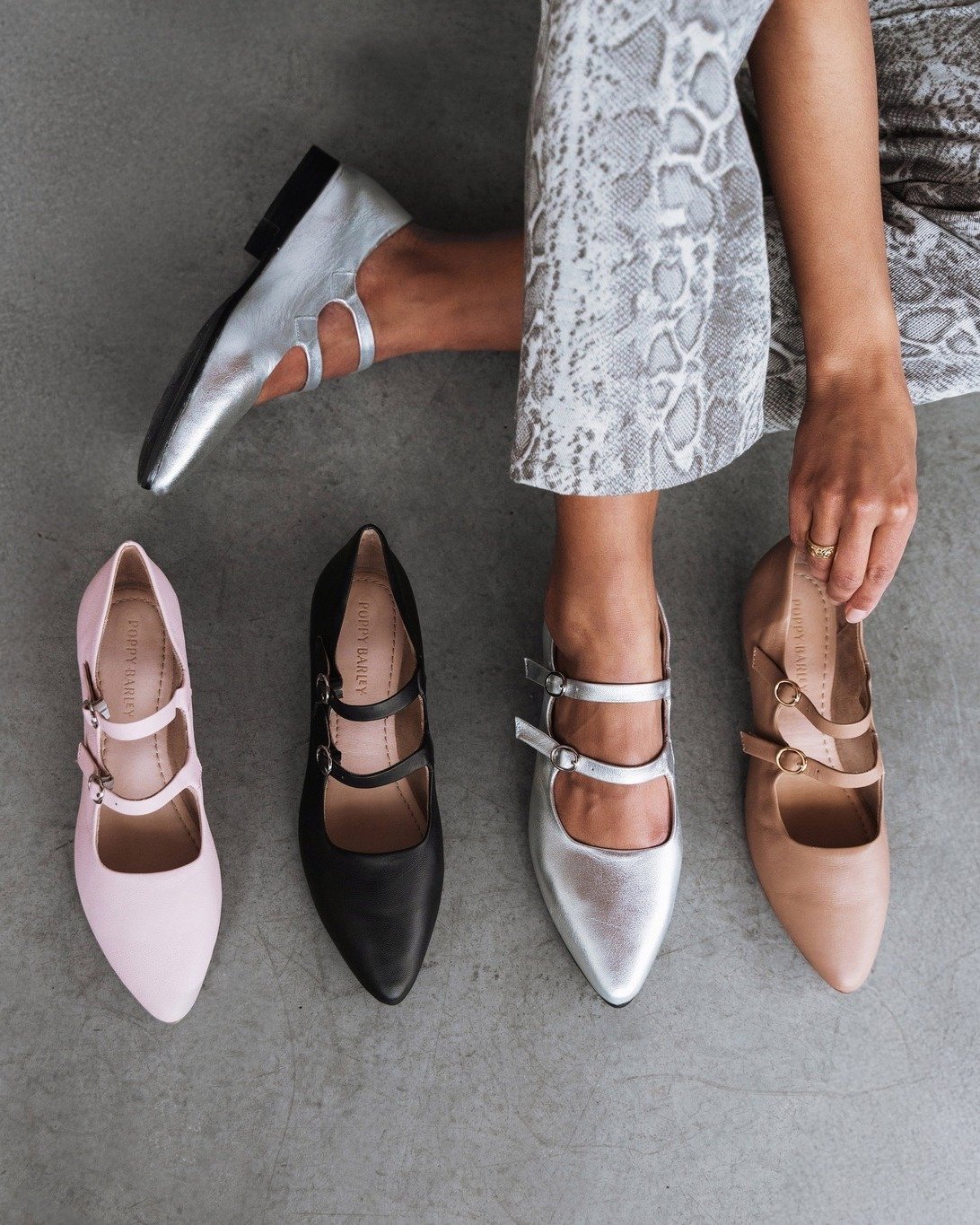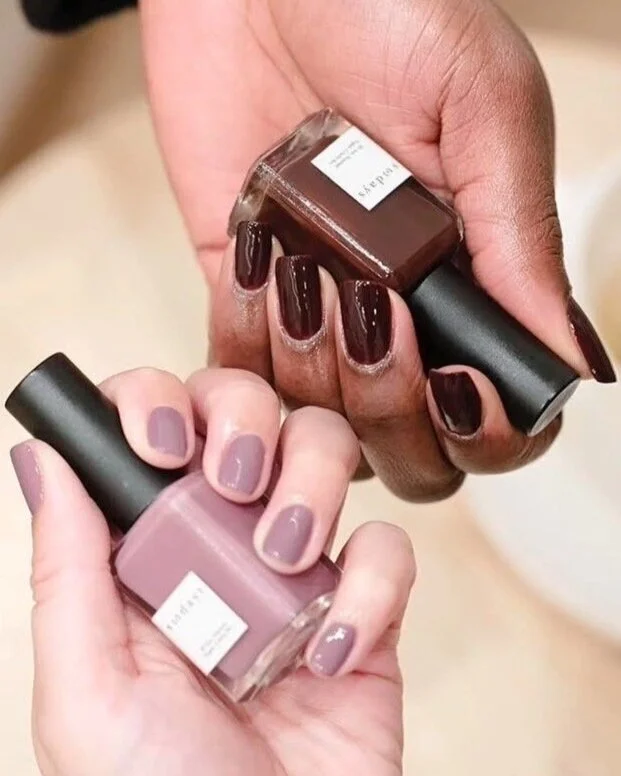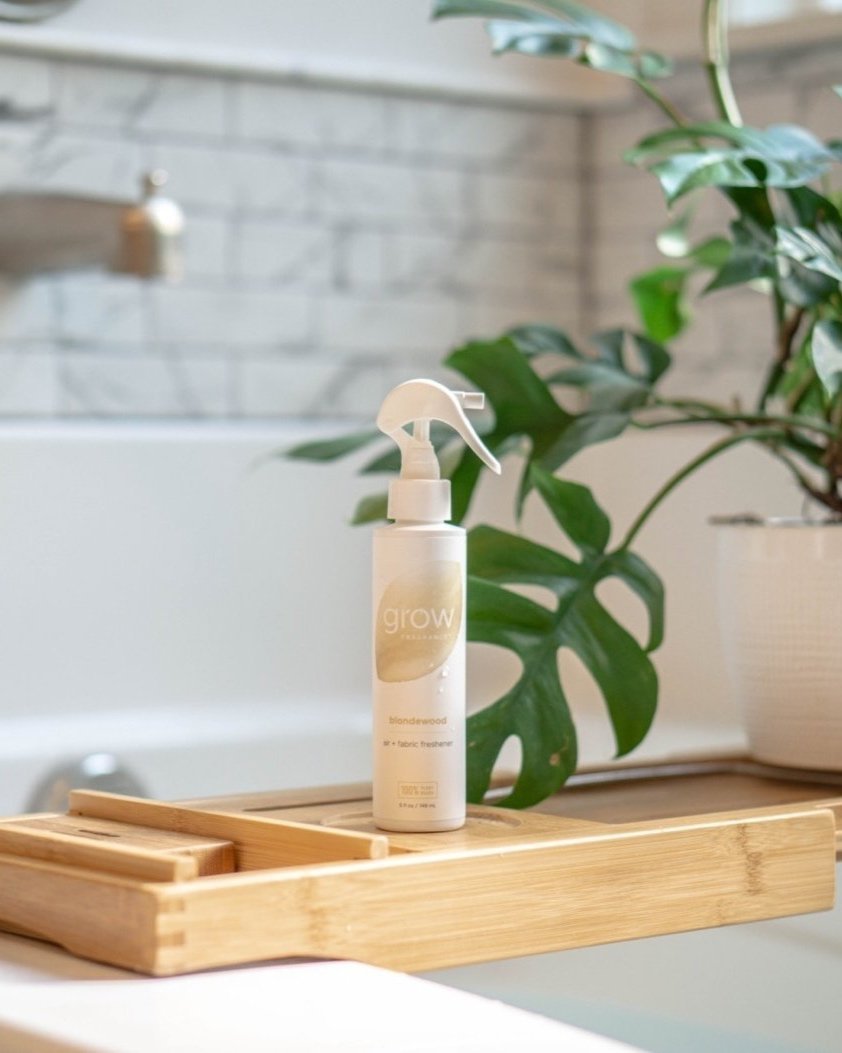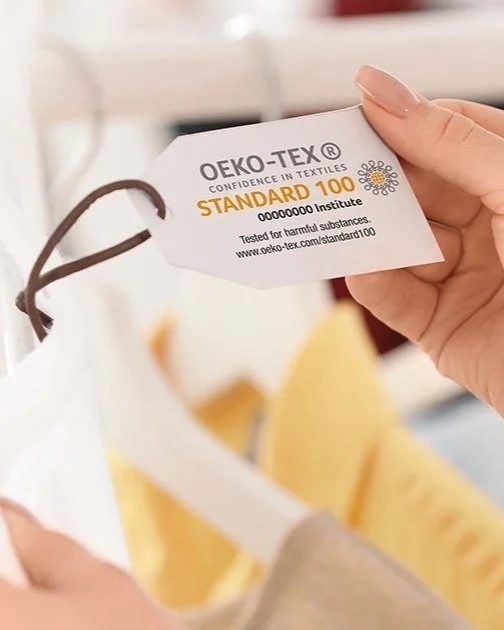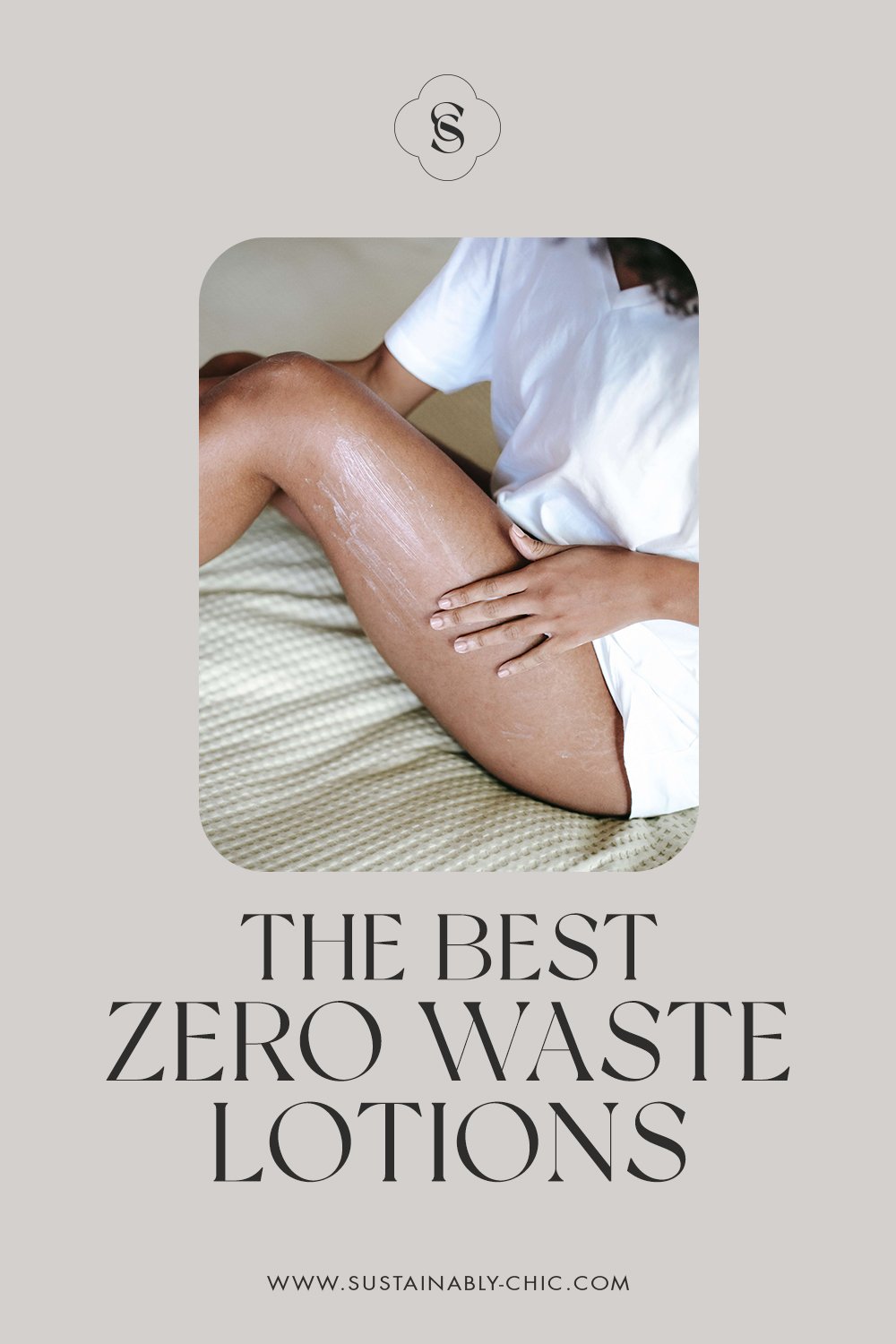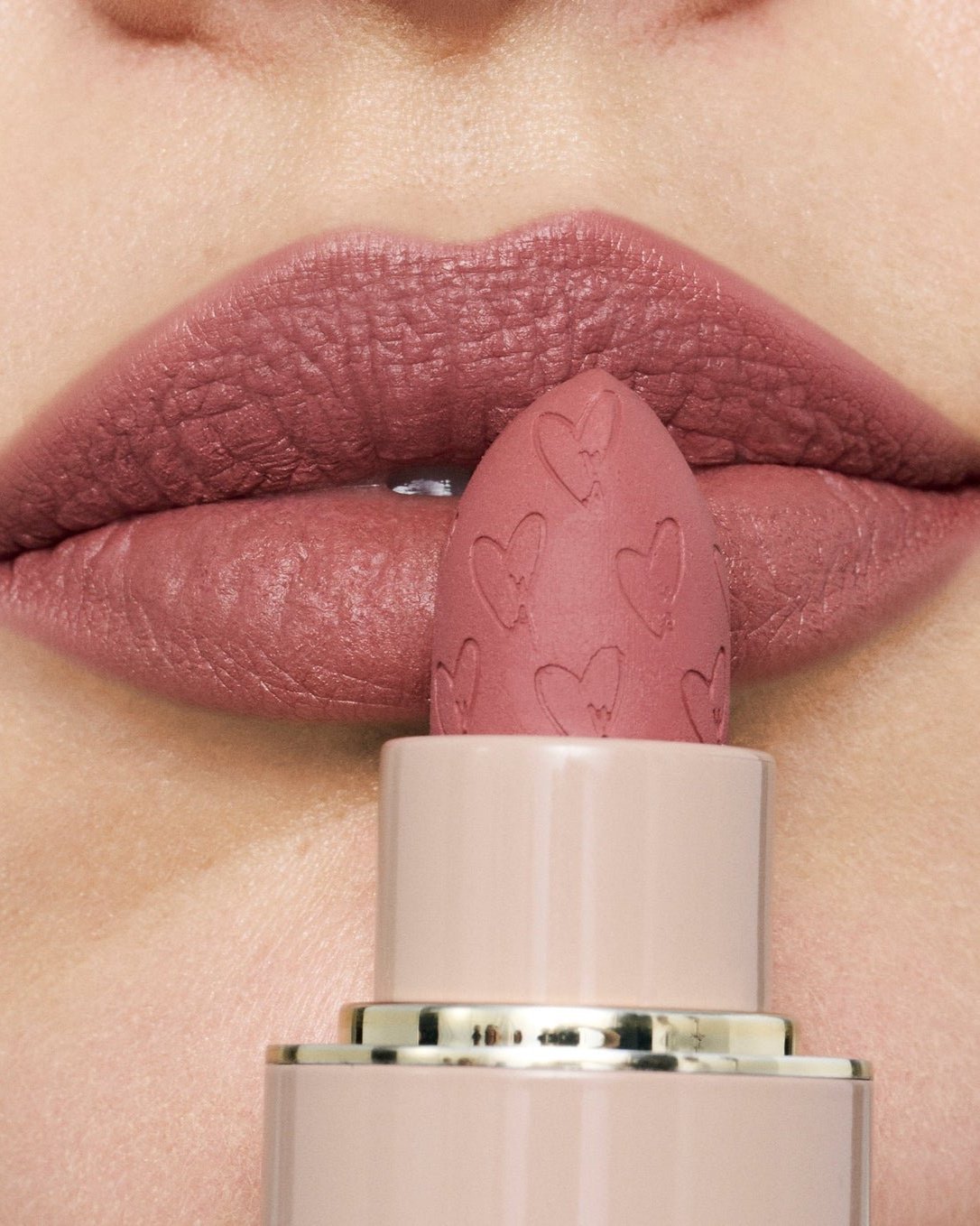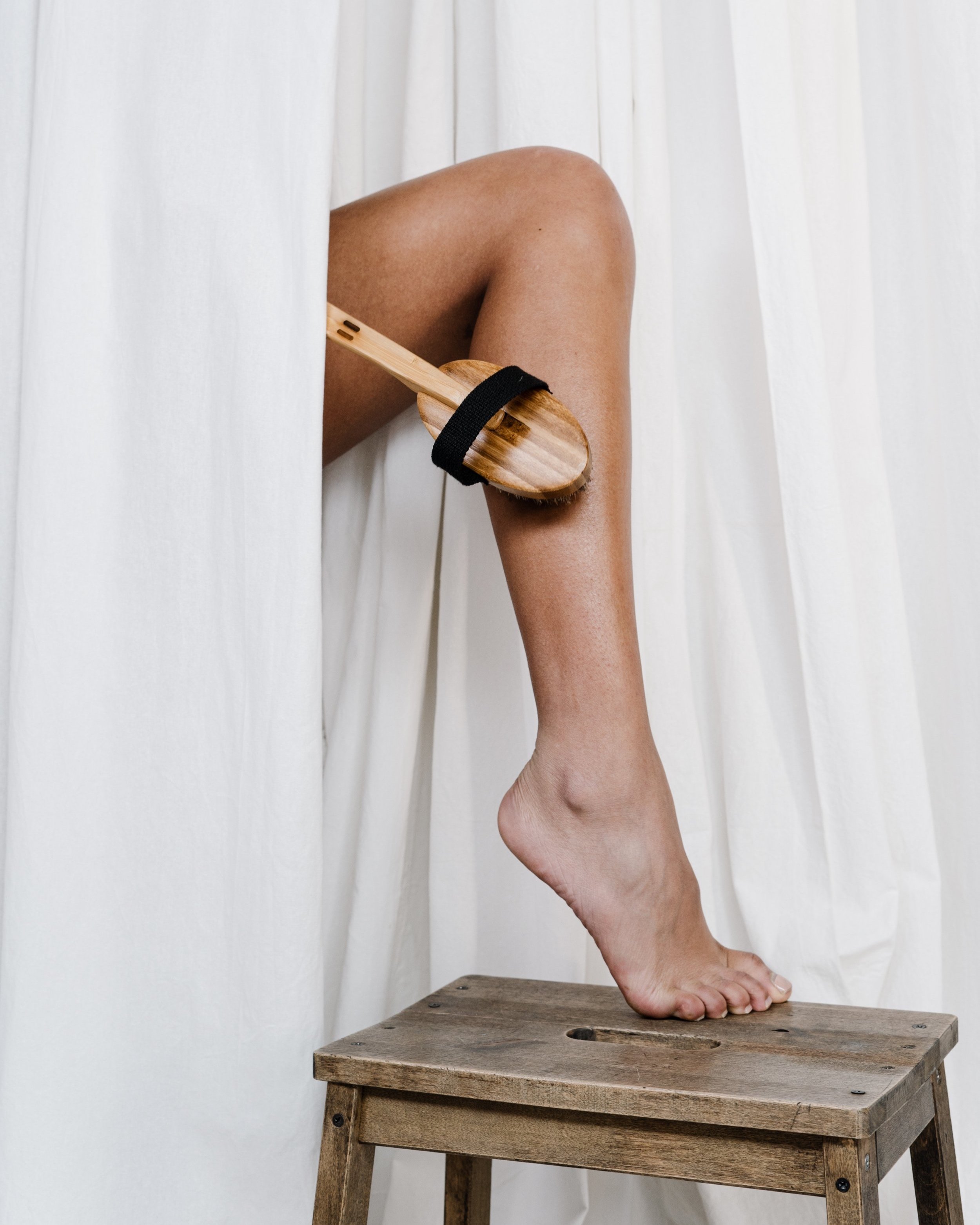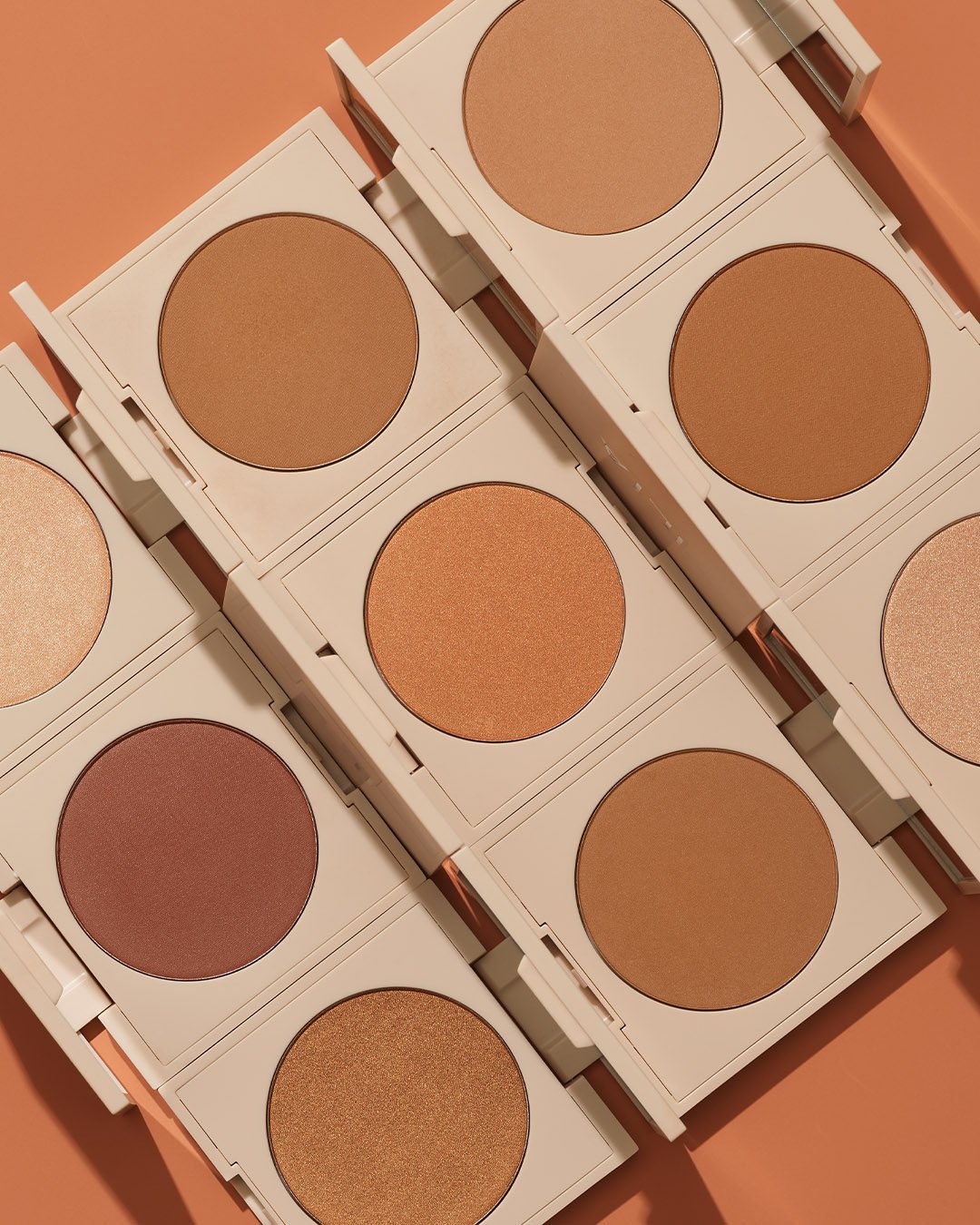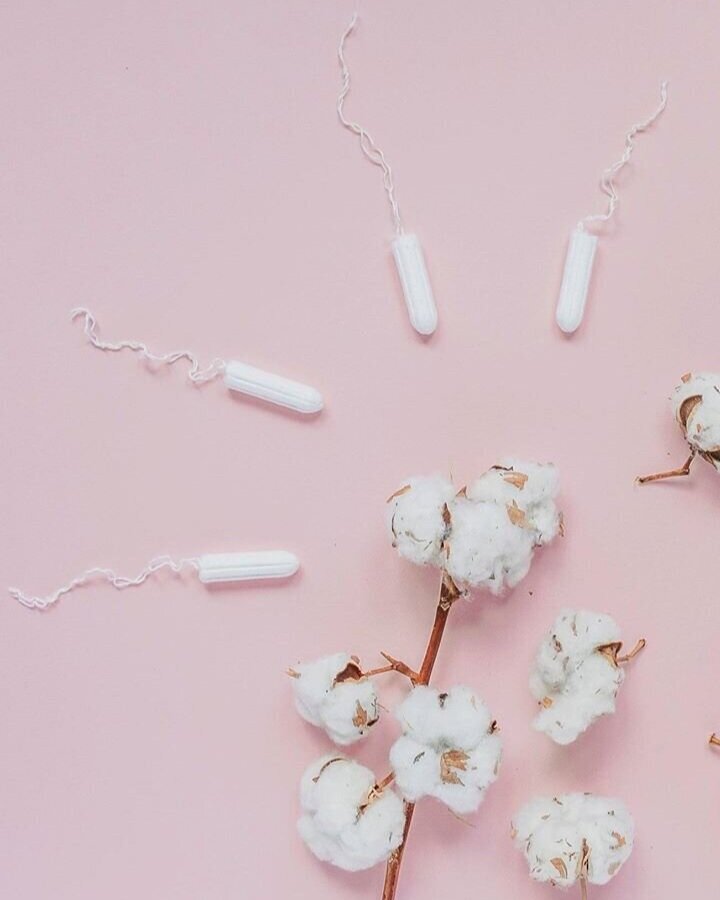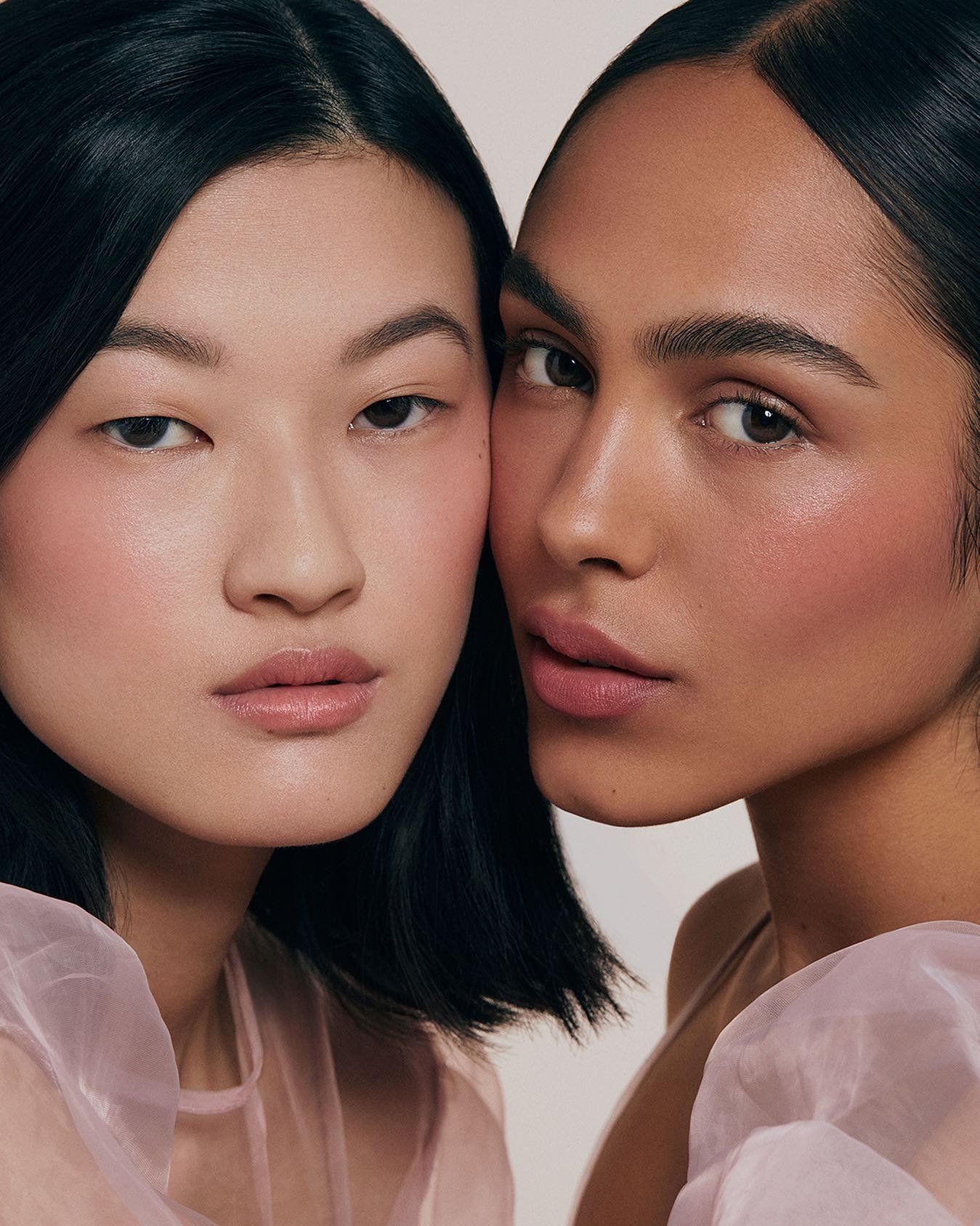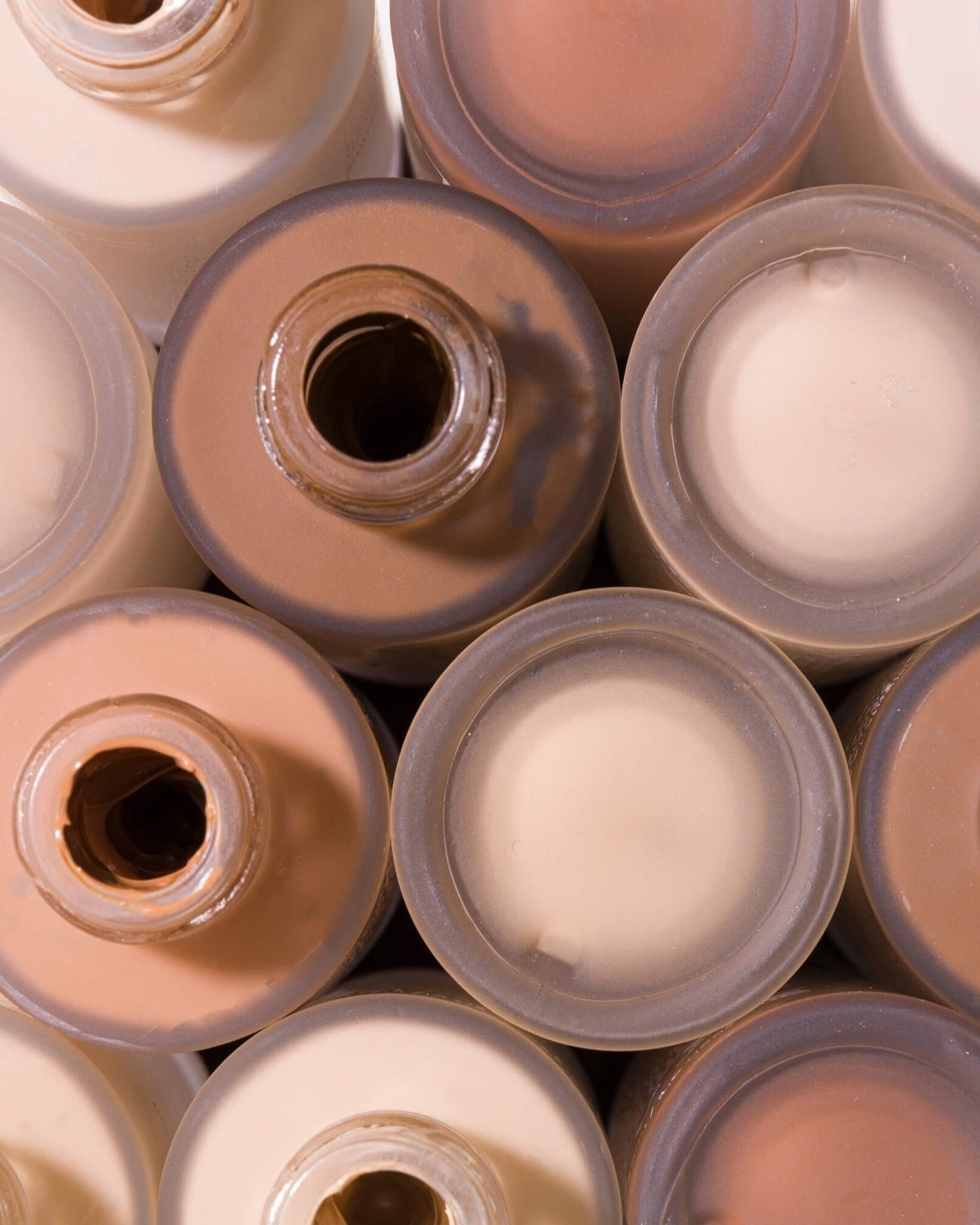Image: B. Yellowtail
Indigenous-Owned Sustainable brands
Sustainable brands have never been more popular than they are today, especially in the fashion and wellness space. However, it’s important to acknowledge that producing things in a sustainable way is not a new concept. Indigenous people have always prioritized sustainability. Be it through Indigenous weaving and dyeing methods, using plant based and ethically sourced materials, and producing handmade items in a way that isn’t harmful to the environment.
What is an Indigenous-Owned / Native-Owned Brand?
Indigenous-owned brands or businesses are majority-owned and run by Indigenous individuals and/or communities.
Most Indigenous-owned businesses will prioritize sustainability, as this is something that is often very important to Indigenous peoples.
According to the UN, Indigenous peoples manage 20-25% of the Earth’s land surface, rich in biodiversity, despite only accounting for roughly 5% of the world’s population.
Indigenous-owned businesses will most likely prioritize ethical production and sustainable materials. Many Indigenous-owned brands will employ fellow Indigenous peoples - a community that often lacks the same access to economic opportunity as non-Indigenous people.
Why it is Important to Support Indigenous Brands
Unfortunately, when it comes to sustainable fashion and wellness today, the majority of known brands are not Indigenous-owned or connected to Indigenous peoples - despite many of our sustainable practices originating from Indigenous peoples. Today, we owe much of what we know as sustainable fashion to Indigenous peoples.
If you’re interested in choosing sustainable brands, consider supporting Indigenous-owned businesses first.
Below, I’ve compiled a list of some of my favorite Indigenous-owned brands. I’ve included both sustainable fashion, beauty and wellness brands. With a variety of price points, sizes, and styles, there’s something for everyone in this article.
Our Top Pick for Sustainable Indigenous-Owned Clothing & Wellness Brands:
1. Aurora Heat
Categories: Cold Weather Accessories
Price: $29.99 - $429.99
Sizing: XS, S, M, L
Aurora Heat™ offers reusable and everlasting hand, foot, and body warmers made from sustainably sourced sheared beaver fur. A Dënesųłiné woman, Brenda Dragon is the brand’s creator and founder with ancestral roots in wild fur harvesting. She follows her passion, envisioning a world where humans live harmoniously with the natural world.
Choosing natural, biodegradable warmth is one step we can take towards this! Compared to disposable, plastic, or battery-operated options, real fur is the sustainable choice.
Located in Fort Smith, Northwest Territories, Aurora Heat’s workshop is nestled in the subarctic community of 2,500 people. The socially-minded business offers flexible and meaningful employment for Indigenous women earning a living wage or higher.
$1 from every product sold is donated to on-the-land education initiatives for youth and Indigenous knowledge holders.
use code SUSTAINABLYCHIC for 10% off your order
2. Anne Mulaire
Categories: Clothing, Accessories
Price: $4-$649
Sizing: XXS-6X
Anne Mulaire is a family-run designer label located in Canada. They produce everyday basics, as well as sleepwear and winter wear, from a variety of sustainable materials.
Anne, the owner and designer, is of Anishinaabe and French Metis heritage. She works with both her sister and her father, who is the artist behind the traditional prints featured in their Heritage collection.
They design small batch collections and use made-to-order manufacturing to ensure that no clothing goes to waste.
Anne Mulaire has several notable programs focused on sustainability. Their Repair program offers alterations, repairs and customized designs. Their newly launched Revive Program takes previously owned pieces and resells, repairs or upcycles them. Their Zero Waste program ensures all fabric scraps and unused pieces are reused in their zero-waste collection. Additionally, they offset their carbon emissions to three different environmental organizations.
3. B. Yellowtail
Categories: Clothing, Accessories
Price: $12.50-$550
Sizing: XS-3XL
B. Yellowtail is one of my favorite Indigenous-owned brands. Based in LA, it was created by designer Bethany Yellowtail.
She creates gorgeous statement pieces and wardrobe staples, as well as handmade jewelry and accessories. There are options for all genders and most sizes.
Her designs are a “form of culture sharing & meant to amplify Indigenous voices.”
Bethany is a member of the Northern Cheyenne Nation. She’s passionate about using fashion to uplift women and girls as well as to create economic opportunities for Native artisans. She created the B.Yellowtail Collective, which features a variety of products made by First Nations, Native American and Indigenous creators.
4. Cheekbone Beauty
Categories: Beauty
Price: $8-$56
Cheekbone beauty is an incredible, Indigenous-owned beauty brand based in Canada. Created by Jen Harper, who is of Anishinaabe heritage, Cheekbone Beauty is not simply a cruelty-free beauty brand.
They are passionate about supporting and empowering Indigenous youth through various initiatives and donate 2% of every purchase to organizations that do just that. Additionally, for every Sustain Lipstick sold, they donate a lipstick to Indigenous youth.
All Cheekbone Beauty make-up is vegan, sourced locally if possible, bio-based, Fair-trade, and made from certified clean ingredients. They develop and manufacture their products in their own sustainable lab using a circular process. Everything is recycled or repurposed.
5. Ginew
Categories: Clothing, Accessories
Price: $19-$895
Sizing: XS-2XL
If you’re looking for lifelong premium denim jeans & jackets, Ginew may be your new go-to.
Founded by a husband and wife, Ginew is the only Native American-owned denim line.
They draw inspiration for their designs and materials used from their Ojibwe, Oneida, & Mohican heritage.
They use a variety of sustainable materials like organic cotton, premium selvedge denim, and Pendleton wool in their products. Their leather items are handcrafted and hand-dyed, produced through traditional methods passed down through generations. They also collaborate with various Indigenous artisans to create new designs and collections.
6. Yukon Soap Co.
Categories: Wellness
Price: $8-$80
Yukon Soap Co. is a wonderful Indigenous-owned and operated beauty brand founded by Joella Hogan in Mayo, home to the Na-cho Nyak Dun people. Joella uses local plants and community knowledge to create her products.
From hand-crafted soaps, essential oils, body oils, shampoo bars, and beard kits, she has a great selection of eco-friendly wellness products.
Joella created Yukon Soap Co. as a way to “connect people to the land and culture.” She leads youth workshops and crafting classes, as well as only employs local and Indigenous people. She also has a line of specialty soaps created by Northern Tutchone women artisans that features traditional beadwork.
7. Eighth Generation
Categories: Accessories, Home Goods
Price: $14-$320
Eighth Generation is an Indigenous-owned business in Seattle and the first Native-owned company to create wool blankets. They are owned by the Snoqualmie Tribe and founded by artist and activist Louie Gong. Louie wanted Eighth Generation to be an ethical alternative to “Native-Inspired” products created by large companies. These products undermine actual Native artisans and support cultural appropriation.
Eighth Generation’s “Inspired Natives” Project, however, collaborates with numerous Native designers to help support local artisans and spread awareness of their work. Eighth Generation sells beautiful, handcrafted, artisan goods including blankets, jewelry, mugs, and accessories.
8. Thundervoice Hat Co.
Categories: Hats, Accessories
Price: $5-$1,800
Thundervoice Hat Co. is a Native-owned and operated business founded by Thundervoice Eagle.
They are most known for their beautiful, high-quality upcycled hats, which they release for sale every Wednesday at 6 pm PST. Hats are designed by various Native artisans and sell out fast.
Additionally, Thundervoice Hat Co. produces sustainable blankets, t-shirts, scarves, bags, footwear and art prints. They use a variety of upcycled and reclaimed materials that they source themselves.
9. Sisters Sage
Categories: Wellness
Price: $7-$200
Sisters Sage is founded by two sisters, Lynn-Marie and Melissa-Rae Angus.
They are of Gitxaala, Nisga’a, and Metis Nations heritage, which inspired the creation of their products.
Sisters Sage produces artisan, vegan, cruelty-free wellness products, including soaps, bath bombs, smudging sprays, and salves.
They use local, traditional ingredients like cedar, sweetgrass and lavender. Every soap is made by hand and palm oil-free. Sisters Sage wanted their business to be “a force for good.” They lead various workshops and hope their business can inspire and support future Indigenous youth and female entrepreneurs.
10. 4kinship
Categories: Clothing, Accessories
Price: $175-$795
4kinship is a very unique Indigenous-owned clothing brand. Founded by Amy Leung of Navajo heritage, she chose to create this “sustainable artwear brand” after a career in fast fashion. Each item is upcycled or vintage with hand-painted and handmade designs.
Most pieces are one of a kind or a small batch collection, and everything is made by local artisans.
The colors and designs you’ll find at 4kinship are truly stunning. Amy draws inspiration from the natural elements in New Mexico. In addition, 4kinship has partnered with various community efforts like providing mutual aid during covid to the Navajo Nation, supporting domestic abuse shelters, and fundraising for the Dine Skate Garden Project.
11. Urban Native Era
Categories: Clothing, Accessories
Price: $7.99 - $90
Sizing: XS-3XL
Urban Native Era is an Indigenous-owned business born out of a passion for activism and increasing the visibility of Indigenous people.
Based in LA, Urban Native Era is entirely Indigenous operated and aims to create a better life for Indigenous people globally.
They produce a small, locally made apparel collection that includes sweatpants, hats, hoodies, shirts and accessories. They work with sustainable manufacturers and use eco-friendly, recyclable packaging.
About the Author
Alicia Briggs is a writer & editor specializing in slow travel & sustainable living. She has been a full-time traveler since 2018 and runs her own blog, Learning the Local Way, where she covers responsible travel tips and guides.
MAKE SURE TO PIN THE PHOTO BELOW TO SAVE THIS POST FOR LATER!
WANT MORE SUSTAINABLE BRANDS? VISIT OUR BRAND DIRECTORY!
Our Brand Directory is home to hundreds of sustainable brands, from makeup to cleaning supplies, from underwear to shoes. We have broken everything down by category for easy shopping, along with discount codes unique to Sustainably Chic viewers.

